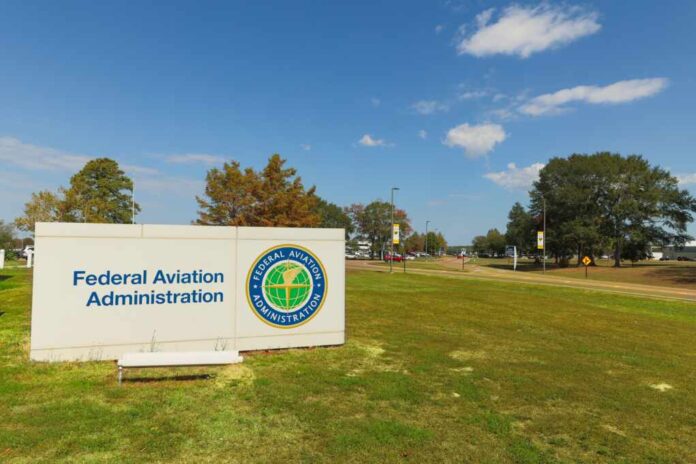
The Federal Aviation Administration (FAA), under the guidance of Secretary Pete Buttigieg’s Department of Transportation, has embarked on a controversial path. The agency is actively recruiting individuals with “severe intellectual” and “psychiatric” disabilities as part of its Diversity and Inclusion (DEI) initiative. This decision has ignited a debate over the balance between diversity and operational safety in a sector as critical as aviation.
According to the FAA’s website, this initiative addresses the underrepresentation of individuals with severe disabilities in the federal workforce. In addition to intellectual impairments, the targeted disabilities for recruitment include a range of conditions such as hearing and vision impairment, missing extremities, various forms of paralysis, epilepsy, and dwarfism.
DEI? What is going on in the aviation industry? Two planes just collided in Chicago. Who is the FAA hiring to control traffic? Who are the airlines hiring to pilot these planes? pic.twitter.com/nds0tsCjT0
— @amuse (@amuse) January 15, 2024
The FAA, a behemoth agency with approximately 45,000 employees, regulates civil aviation. Its decision comes when the aviation industry is under intense scrutiny. Recent incidents, like the emergency landing of an Alaska Airlines Boeing 737 Max 9 due to a door malfunction, have put airline safety in the spotlight. Critics, including tech mogul Elon Musk, have voiced concerns that the emphasis on DEI initiatives might compromise passenger safety.
Musk, in a post on X, formerly known as Twitter, asked, “Do you want to fly in an airplane where they prioritize DEI hiring over your safety?” This sentiment echoes a growing unease about whether the push for diversity overshadows the paramount importance of safety and expertise in aviation.
People will die due to DEIhttps://t.co/RXCv6M4gGU
— Elon Musk (@elonmusk) January 10, 2024
It’s important to acknowledge that the FAA insists all candidates, regardless of their recruitment path, must meet rigorous qualifications suited to their roles. The agency emphasizes that its hiring processes seek to find qualified individuals from a diverse pool of candidates. This includes an “On-the-Spot hiring process” for disabled people and veterans, provided the necessary documentation is filed. Furthermore, the FAA assures that reasonable accommodations are made for employees with disabilities, ensuring they can perform their duties effectively.
However, the recent spike in near-miss incidents at airports, coupled with the ongoing challenges in hiring more air traffic controllers, adds a layer of complexity to the debate. The FAA’s struggle to bolster its workforce with fully certified air traffic controllers comes when the number of daily flights is increasing, raising valid concerns about the agency’s ability to maintain high safety standards while also pursuing its DEI goals.
Biden’s FAA is actively recruiting people with ‘severe intellectual’ and ‘psychiatric’ disabilities as part of 'Diversity and Inclusion' planhttps://t.co/wKEaewg7Bdhttps://t.co/wKEaewg7Bd
— Jack Poso 🇺🇸 (@JackPosobiec) January 15, 2024
Dr. Stanley Goldfarb, chair of Do No Harm — a group advocating for the protection of healthcare from divisive ideologies — draws a parallel between the aviation and medical industries. Both sectors, he argues, have an inherent responsibility for the safety of their users, be they patients or travelers. Goldfarb warns against the perils of identity politics in fields where safety and expertise should be the foremost criteria for employment.

































